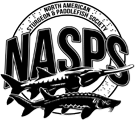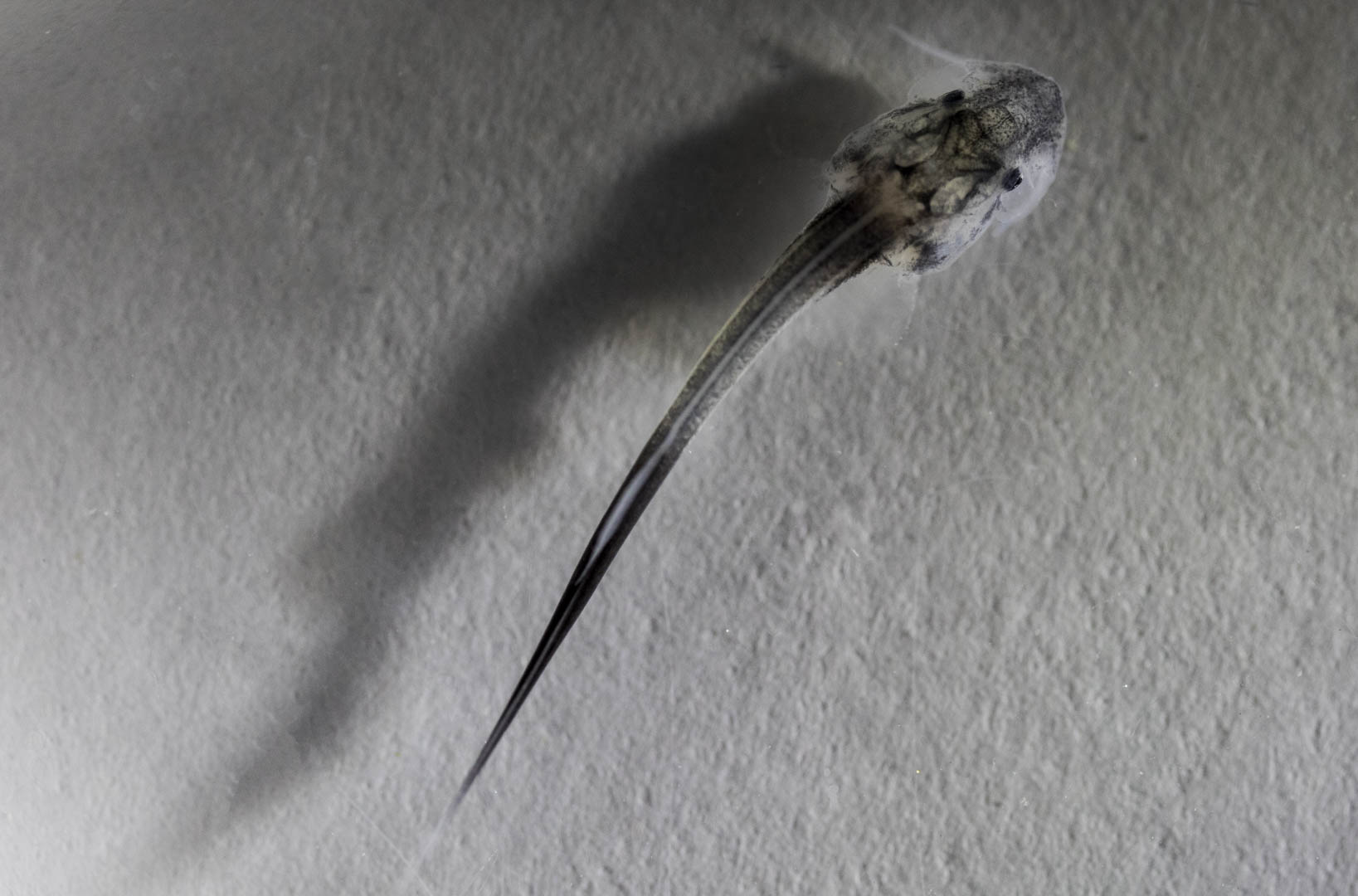Sturgeon aquaculture products include live fish sales, processed fish, specialty items such as notochord for certain recipes, scutes for jewelry, skin for leather and of course, caviar. North American sturgeon production in 2012 was approximately 1,350 metric tons. Estimated sturgeon production by 2017 may exceed 2,200 metric tons.
The first caviar production from cultured North American sturgeon occurred in 1993. This domestic white sturgeon (Acipenser transmontanus) caviar was produced by Sea Farms of Norway (now Sterling Caviar) in Wilton, California. The North American sturgeon caviar industry has grown from that time and presently produces and markets many varieties of caviar from various cultured species. This caviar has caught the attention of the world and now rivals some of the best caviars produced anywhere.
North American caviar is sold through a number of distribution networks. Bulk caviar is sold directly to food service industries such as hotels, restaurants, and caterers. Caviar is also sold to caviar purveyors that repack this bulk product into smaller containers for distribution to the food service industry, retail establishments and for internet sales. North American caviar production in 2012 was estimated to range from 15-20 metric tons and is marketed both domestically and exported overseas. Estimated caviar production may exceed 50-60 metric tons by 2017.

